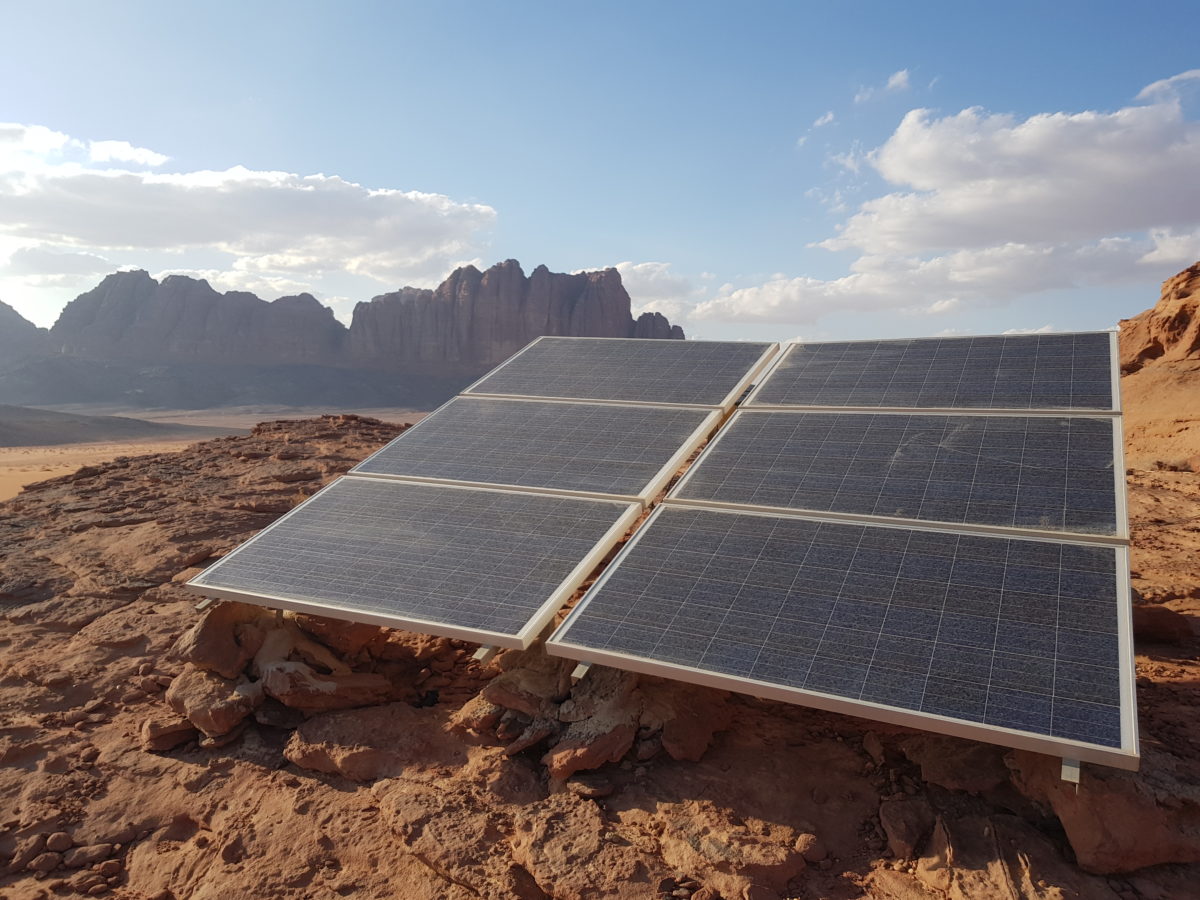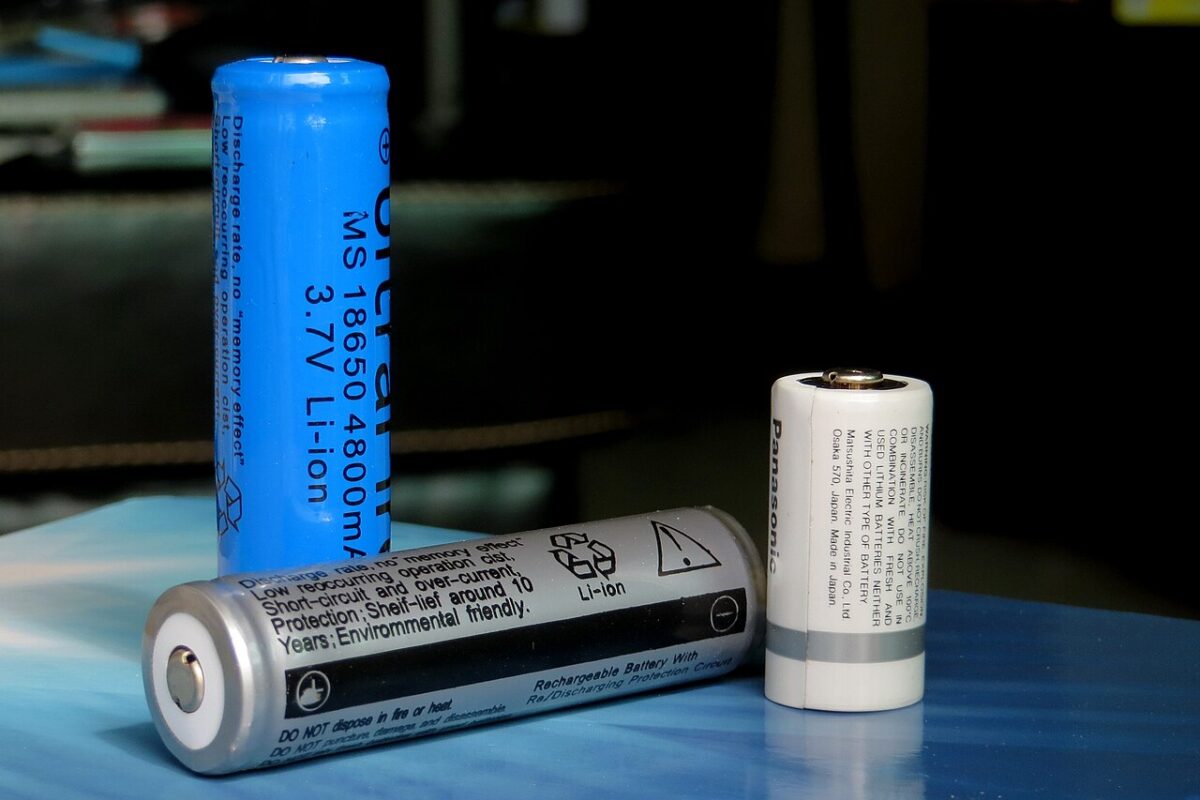In December 2016, Jordan’s government opened bids for a tender totaling 200 MW of new large-scale solar PV, and 100 MW of new wind, capacity. However, it has now reduced these to 150 MW, and 50 MW, respectively.
In a statement to the official national news Agency, Minister of Energy and Mineral Resources, Hala Zawati, said that 100 MW of the 300 MW originally assigned to Round 3 projects will now instead be assigned for industrial PV projects. This will leave Round 3 with just 150 MW capacity for up to three PV large-scale projects, and 50 MW for one wind project.
The government has also said this week that all of the 16 technical bids submitted under Round 3 in April, have been approved, meaning the winners will now be selected on price. The final results are expected to be published in the coming weeks.
The bidders include: Voltalia SA; Solarpack Corporación Technológia, S.L; ACWA Power; First Solar International Middle East FZ-LLC; Neon SAS; Hanwha Energy Corporation; Jinko Power (HK) Company Limited; and Canadian Solar UK Projects Ltd.
The last winning projects selected in Round 2 in 2015, reached a record-low price of US$0.0613/kWh. For this round, it will be interesting to see if prices will make it below the $0.03/kWh threshold, as was seen in the recent solar tender in Egypt.
The new projects will be located in Ma’an south of Jordan, which has favorable solar irradiation conditions and relatively mild temperatures, making it ideal for PV technologies. Successful bidders will be offered a power purchase agreement for a term of 20 to 25 years.
Setbacks
Jordan has made remarkable progress in the field of renewable energy over the past few years. Since 2012, the year that marked Renewable Energy law enforcement, 961 MW of solar and wind have already been connected to the grid, or are under construction, covering slightly more than 20% of the capacity needs of the small Middle Eastern country, according to the National Electric Power Company’s 2017 annual report.
Despite the advancements, the industry has started to slowdown, due to the technical limitations of the grid. The government’s proposal to add in 35% domestic content requirements, announced in April, has also suffered many set-backs. This, combined with the reduced tender capacity, has impacted growth, and leaves open questions about the attractiveness of, supposedly, the most mature market in the region.
By Amjad Khashman, Masters candidate in Energy Economics and specialized in renewable energy in the MENA region, with technical background
This content is protected by copyright and may not be reused. If you want to cooperate with us and would like to reuse some of our content, please contact: editors@pv-magazine.com.



Very interseting article , looking forward to have more insights on the ongoing of the auction . Jordan has made a huge step toward Renewables and it will be interesting to see if this emerging country could break another record in the PV market .
Thanks for the comment, Sara! It is indeed interesting to see whether this round will be a positive or a negative turning point. xo